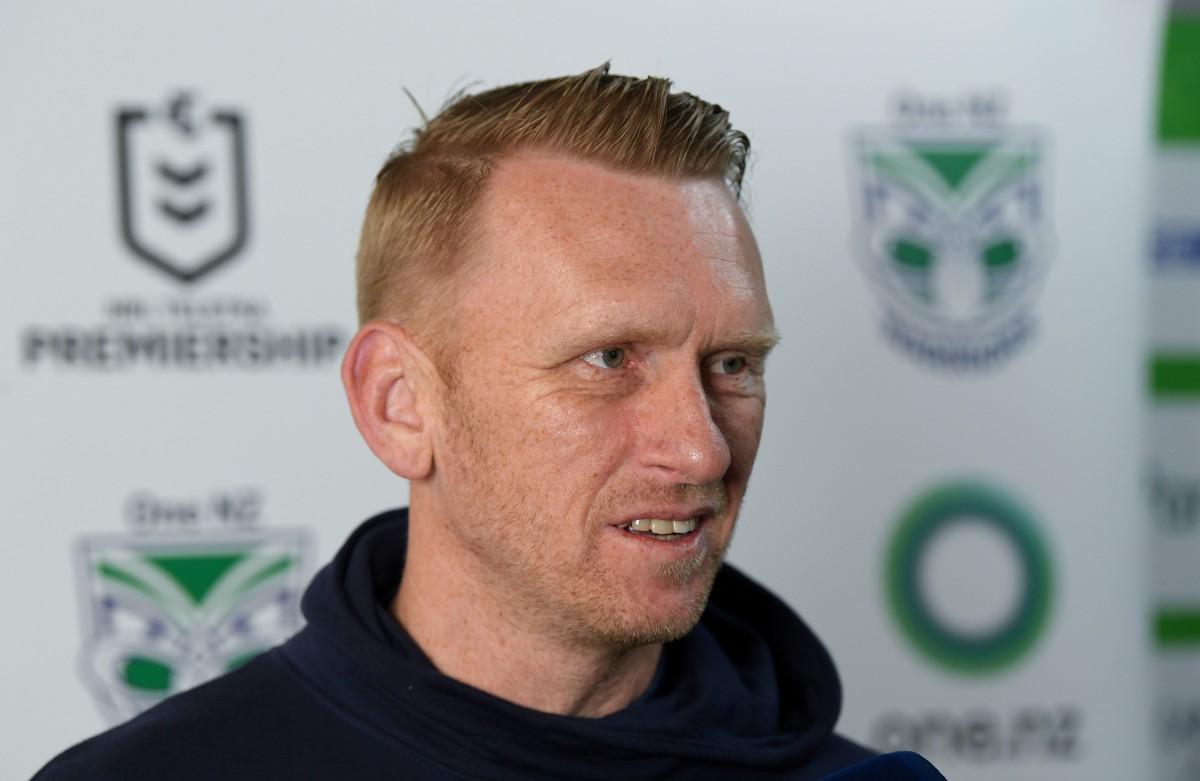
Warriors are in mixed thoughts to extend contract or to sign a $87.9 million outstanding Scrum half…
The New Zealand Warriors face a crucial decision amidst swirling rumors and deliberations
regarding their next move in the player market. At the forefront of this dilemma is whether to
extend the contract of their current scrum half or to pursue a lucrative $87.9 million deal with a
star player in that position.
Currently, the Warriors find themselves at a crossroads in their team management strategy. Their
incumbent scrum half has been a stalwart in the squad, providing stability and leadership both on
and off the field. His understanding of the game and synergy with the team cannot be overstated,
making him a valuable asset in terms of continuity and team cohesion. However, there are concerns
about his age and potential decline in performance over the coming seasons. This has led to
internal debates about whether investing in a younger replacement might be a more prudent long-
term strategy.
On the other hand, the allure of signing a $87.9 million star scrum half cannot be ignored. This
player is renowned for their exceptional skills, game-changing abilities, and potential to elevate the
Warriors to new heights in the league. Their marketability and ability to attract fans could also
significantly boost the club’s revenue streams, providing a financial incentive alongside their on-
field contributions. However, such a hefty investment comes with risks, including expectations of
immediate success and the pressure to justify such a substantial salary.
In weighing these options, the Warriors must carefully consider their current roster dynamics,
financial implications, and long-term strategic goals. Retaining their current scrum half would
preserve continuity and team chemistry, factors that are often undervalued in the pursuit of
headline-grabbing signings. It would also demonstrate loyalty to a player who has contributed
significantly to the club’s history and culture.
Conversely, signing the star player could inject excitement and optimism into the fan base,
potentially boosting ticket sales, merchandise, and overall brand visibility. It could signal a
statement of intent from the Warriors, showing their ambition to compete at the highest levels of
the sport and attract top talent to Auckland.
Ultimately, the decision will hinge on a balanced assessment of short-term gains versus long-term
stability. It will require input from coaching staff, management, and possibly even fan sentiment.
The club’s financial health and salary cap considerations will also play a pivotal role in determining
the feasibility of such a high-profile acquisition.
Whatever path the New Zealand Warriors choose, it will shape the club’s trajectory for seasons to
come. Each option carries its own set of risks and rewards, underscoring the complexity of
managing a professional sports team in a competitive environment. As negotiations and
deliberations continue behind closed doors, fans and stakeholders alike will eagerly await the
outcome, hopeful that the decision will lead to success on and off the field.
Leave a Reply